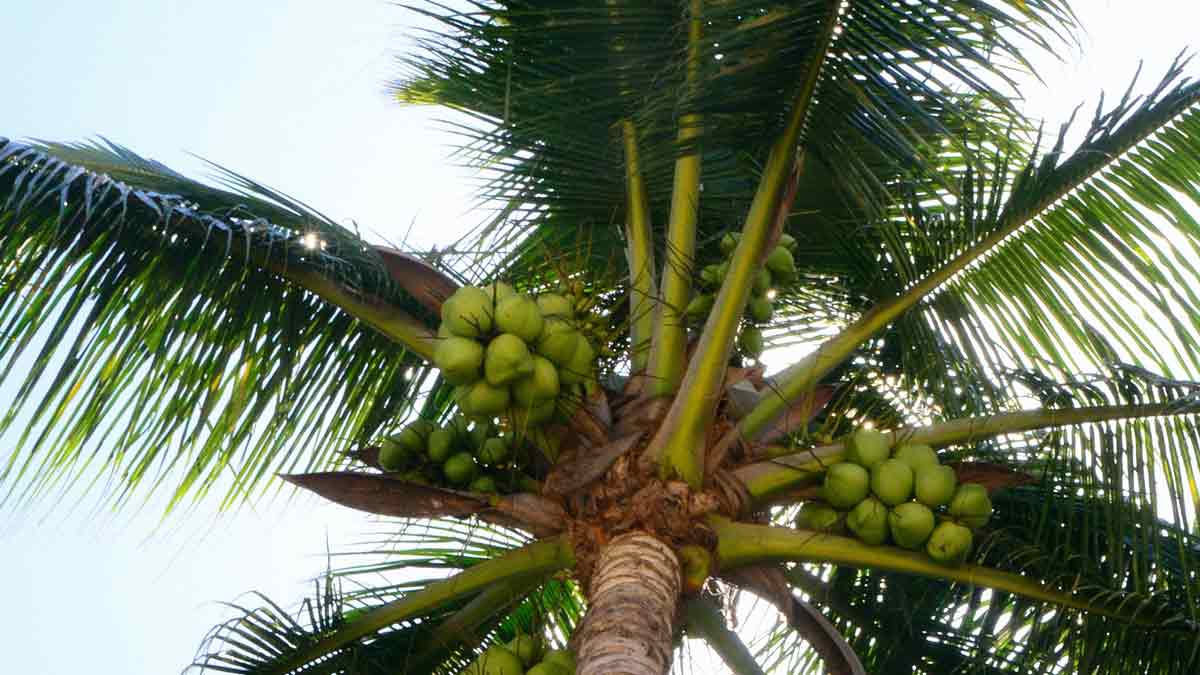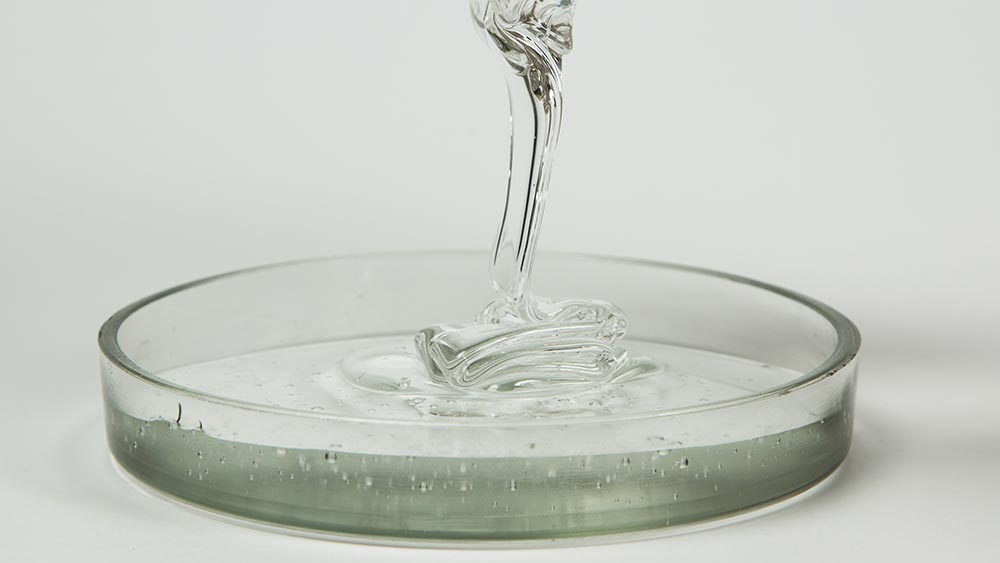
Propanediol
- Derived from: corn
- Pronunciation: (pro-PANe-DY-ol)
- Type: Naturally-derived
- Other names: propylene glycol
What Is Propanediol?
Propanediol, also called propylene glycol, is a clear, viscous, organic solvent derived from corn.[1]
What Does Propanediol Do in Our products?
Propanediol is a preservative in cosmetics and pharmaceutical products such as conditioner, lotion, shampoo, sunscreen, makeup, hair spray, and other products.[2] It absorbs water, which is why the chemical, food, and pharmaceutical industries use it as an antifreeze when leakage might lead to contact with food. It also keeps products moist.[3]
Why Puracy Uses Propanediol
We use propanediol in several of our products as a preservative; it is a better alternative to formaldehyde. The World Health Organization has found the product safe for consumption below certain thresholds, and the FDA has deemed the ingredient Generally Recognized as Safe (GRAS) for use in food.[5,6] Whole Foods has deemed the ingredient acceptable in its body care quality standards.[7] The Cosmetics Ingredient Review has also deemed the ingredient safe when formulated to be non-irritating, and research shows the ingredient is not a strong skin irritant or sensitizer.[8,9,10,11,12,13,14]
How Propanediol Is Made
Propanediol is manufactured by treating propylene with chlorinated water to form chlorohydrin, which is then treated with sodium carbonate solution. It is also prepared by heating glycerol with sodium hydroxide.[4]
Certifications



Sources
[1] U.S. National Library of Medicine
[2] Environmental Working Group
[3] U.S. National Library of Medicine
[4] Food and Drug Administration
[5] Food and Drug Administration
[6] International Programme on Chemical Safety
[7] Whole Foods Market
[8] Cosmetic Ingredient Review
[9] Personal Care Council
[10] Funk, J. O., Maibach, H. “Propylene glycol dermatitis: re-evaluation of an old problem.” Contact Dermatitis. 1994;31(4):236-241
[11] Menning, M. “Human single insult occlusive patch test with a stick deodorant containing 69.15% propylene glycol.” Study dated 1997. Unpublished data received from the Council. Submitted September 2009
[12] Menning, M. “Human single insult occlusive patch test with a stick deodorant containing 68.06% propylene glycol.” Study dated 1998. Unpublished data received from the Council. Submitted September 2009
[13] Tanojo, H., et al. “In vivo human skin permeability enhancement by oleic acid; laser Doppler velocimetry study.” Journal of Controlled Release. 1999;58:97-104
[14] Clinical Research Laboratories, Inc. “Four week safety in-use study with a deodorant stick containing 65.8% propylene glycol.” CRL study no. CRL107206. Study dated Nov. 2, 2006. Unpublished data received from the Council. Submitted January 2010


























